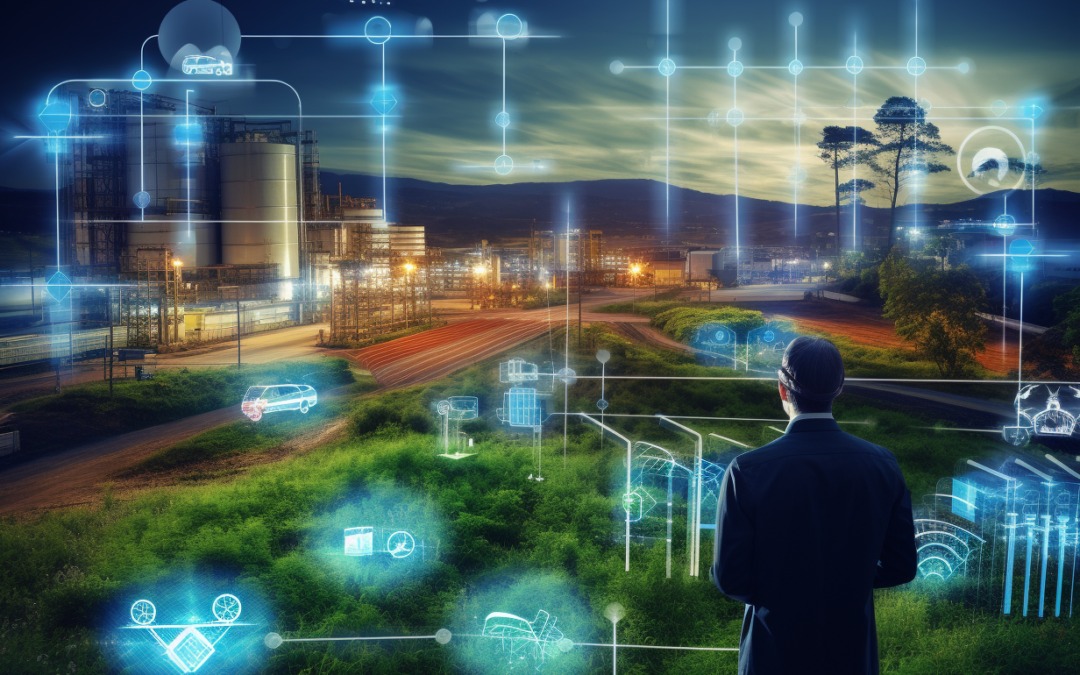Carbon dioxide (CO2) often finds itself in the limelight for all the wrong reasons, primarily associated with climate change and global warming. However, is CO2 just a villain in our environmental narrative, or does it play a more nuanced role?
In this blog post, we’ll explore the multifaceted character of CO2, addressing common concerns and highlighting its potential as a valuable resource.
CO2’s notoriety largely stems from its role as a greenhouse gas. Excessive CO2 emissions, predominantly from burning fossil fuels and deforestation, trap heat in the earth’s atmosphere, leading to global warming. This undeniable downside of CO2 is at the forefront of environmental discussions, driving efforts to reduce emissions and switch to renewable energy sources. Whatever we think about climate change, its reasons and ways to combat it, it is necessarily the bad in the debate.
However, CO2 is not all bad. It’s a fundamental component of the Earth’s atmosphere, necessary for the process of photosynthesis in plants. Through photosynthesis, plants convert CO2 into sugars and oxygen, forming the base of most food chains. This process also makes CO2 crucial for agriculture and, interestingly, for greenhouse operations.
In greenhouses, CO2 is used to promote plant growth, a technique known as CO2 enrichment. Plants in greenhouses can absorb CO2 at remarkable rates. For instance, in a small 3,000 square foot greenhouse, plants might use 3 to 6 liters of CO2 per minute during photosynthesis. In larger commercial setups, with thousands of plants, the CO2 consumption can be even more significant. This utilization of CO2 illustrates how it can be a valuable resource in controlled agricultural settings, enhancing food production and quality. This is good.
CO2 as a Resource
Beyond agriculture, CO2 has versatile industrial applications. It’s used in the food and beverage industry, medical field, oil recovery, and more. Technological advancements have even made it possible to convert CO2 into useful products like fuels and building materials, potentially transforming a waste product into a resource.
While it’s clear that CO2 is not inherently bad, the challenge lies in balancing its levels in our environment. The key is managing CO2 emissions and exploring innovative ways to utilize this gas beneficially. Efforts such as carbon capture and storage, along with the development of carbon-neutral or carbon-negative technologies, are vital.
CO2, often cast as the environmental villain, actually plays a complex role in our ecosystem. Its negative impact on climate change cannot be understated, but its essential role in the natural world and its potential as a resource cannot be ignored either.
By understanding and harnessing the dual nature of CO2, we can work towards a more sustainable and balanced relationship with this ubiquitous gas. Let’s move beyond viewing CO2 as just good, bad, or ugly, and recognize it as a critical component of our planet’s life cycle that needs to be managed wisely.
However, capturing CO2 from industrial emissions and converting it into a useful resource is unfortunately messy – that is, complex at best — and requires some knowledge and extra technology. Let’s call that ugly in this story.
READ MORE:
https://www.iea.org/reports/putting-co2-to-use
https://www.ccsassociation.org/
https://www.co2captureproject.org/publications/pubsearch.php
ABOUT CO2 AS A CATALYST:
Reuters – Greenhouse Growers Use of CO2 Generators: This article explains how greenhouse growers use CO2 generators to boost plant yield. It describes the carbon fertilization effect, where rising CO2 concentrations in the Earth’s atmosphere, significantly caused by human activities, contribute to increased photosynthesis in plants. https://www.reuters.com/article/factcheck-co2-greenhouses-idUSL1N2Z01O0
Frontiers – CO2 Enrichment in Greenhouse Production: This resource discusses the critical role of CO2 in greenhouse environments. It highlights that the CO2 concentration in greenhouses often drops below the ambient level due to crop uptake and how this can be far below the optimal concentration required for crop growth, necessitating CO2 enrichment. https://www.frontiersin.org/articles/10.3389/fpls.2016.00038/full
ScienceDirect – CO2 Utilization in Agricultural Greenhouses: This study explores a novel ‘plant to plant’ approach for CO2 utilization in agricultural greenhouses, driven by bioenergy with carbon capture systems. It integrates the nexus of energy, water, and food, emphasizing sustainable practices in greenhouse agriculture. https://www.sciencedirect.com/science/article/pii/S0959652620337148
Stanford News – Catalyst Turning CO2 into Fuel: While not specifically about greenhouses, this article from Stanford University discusses a technological advancement where engineers created a catalyst that can turn CO2 into gasoline more efficiently. This kind of technology can have implications for greenhouse gas management and utilization. https://news.stanford.edu/2022/02/09/catalyst-turns-carbon-dioxide-gasoline/
Oklahoma State University – Greenhouse Carbon Dioxide Supplementation: This page from Oklahoma State University provides an overview of how carbon dioxide supplementation in greenhouses aids in photosynthesis, thereby enhancing plant growth and productivity. https://extension.okstate.edu/fact-sheets/greenhouse-carbon-dioxide-supplementation.html





0 Comments